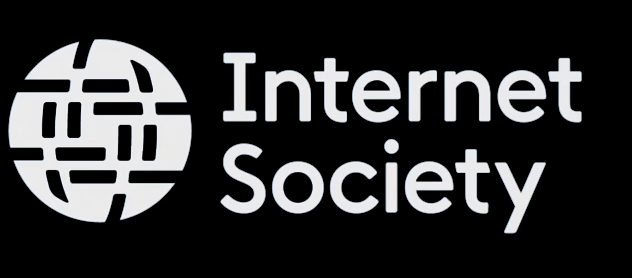Alejandro T. Acierto

Alejandro T. Acierto is an artist and musician whose work is largely informed by the breath, the voice, and the processes that enable them. Interested in (re)asserting the body into conversations of information mediation, his work embraces the transference of information via media archeologies past and present. He has exhibited artworks at the Film Society of Lincoln Center and MCA Chicago, among others, and presented performance works at Rapid Pulse Performance Art Festival, Center for Performance Research in NYC, and Center for New Music and Technology at UC Berkeley. A founding member of Ensemble Dal Niente, he holds an MFA in New Media Arts from UIC and will be an Artist in Residence for Creative Practice in Critical Race Studies at Michigan State University starting Fall 2017.
Performing
Transmit 3.0
Transmit 3.0 is a continually evolving multi-channel audio performance work for voice, live-processing, and existing networks that considers the complex relationship we have with communication technologies. Exploring the ways broadcasts intervene and shift the audition of the voice, this work embodies the fuzzy signal and noise channels that characterize its sound. With field recordings of shortwave radio broadcasts from the area, live audio signal from the surrounding AM/FM bands, and data transferred over WiFi, this work highlights the material impacts of transmission on the body and complicates transmission beyond information transfer. Situated within a mediated environment, this work begins to ask: what does it mean to embody a “bad” signal? How do existing networks that compete for airspace impact the ways we experience and perceive the body? And can we locate ourselves when our transmissions are dispersed beyond borders, strata, and time?
For this iteration, audience members will be invited to participate by intervening or augmenting aspects of the performance through a custom app. Building on the existing network of participants within the space, this work further extends the notion of networked systems beyond the technological, and into the corporeal.


